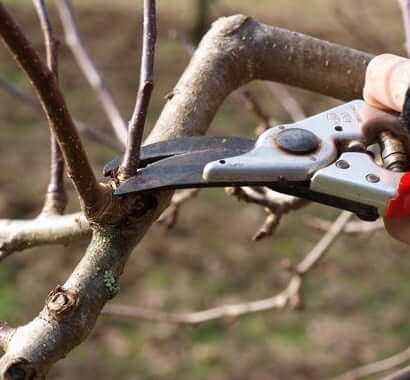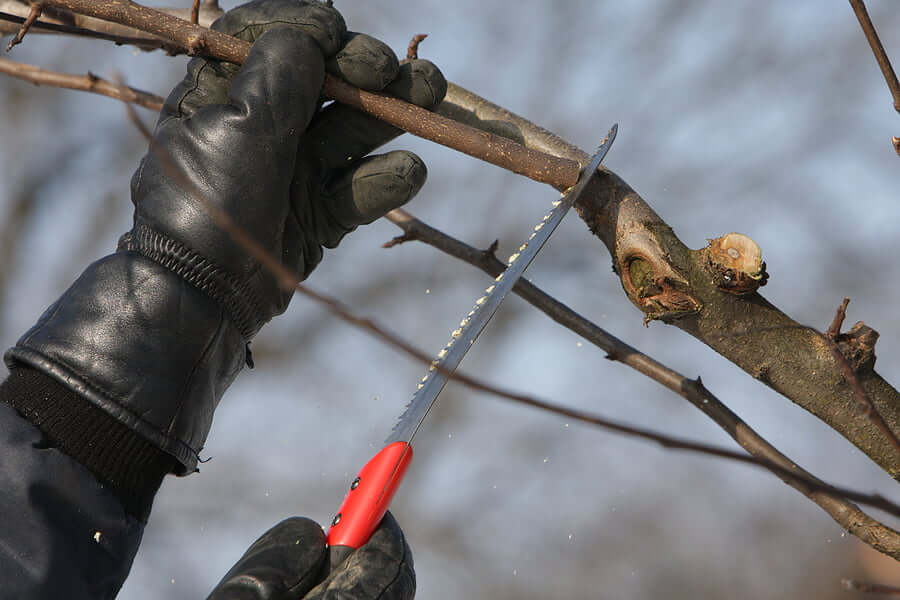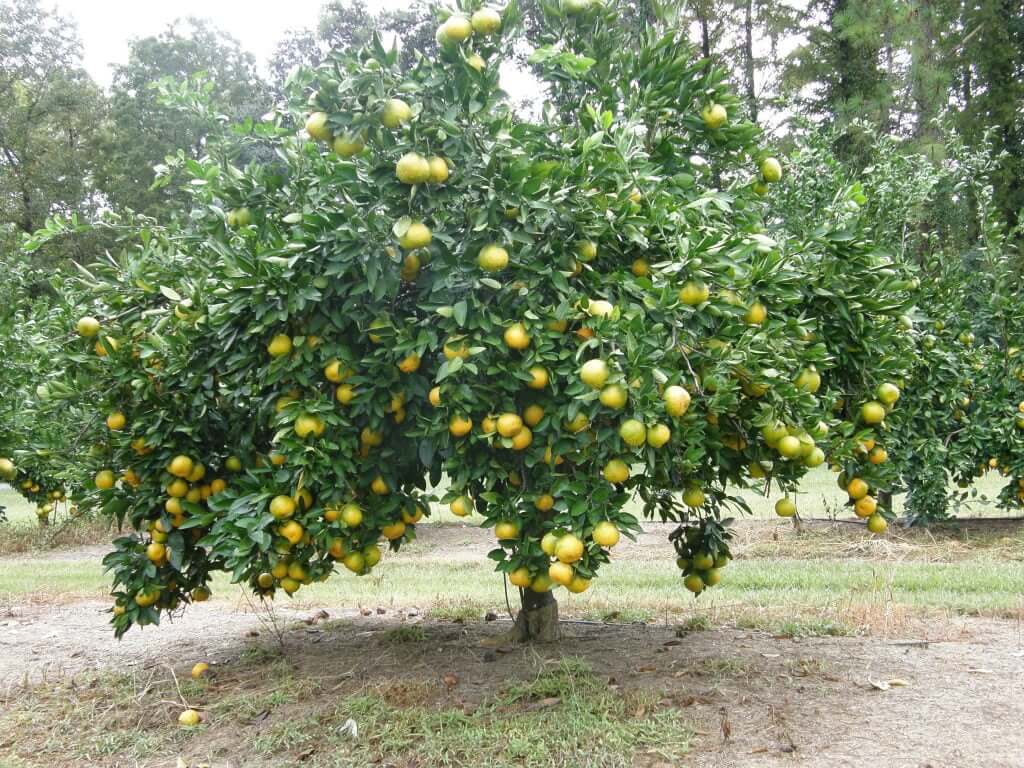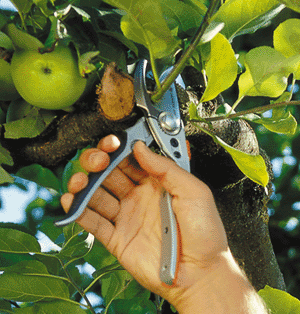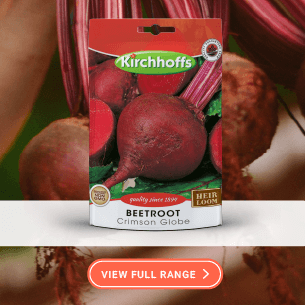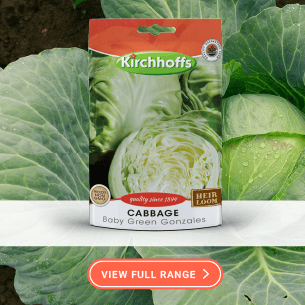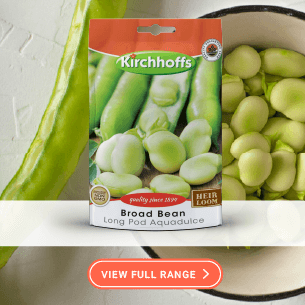Pruning fruit trees in South Africa
Pruning deciduous fruit trees helps to stimulate new fruiting wood, which results in the development of better quality fruit. (Evergreen trees are not pruned, except for occasional trimming.) Pruning fruit trees into an open cup shape allows adequate sunlight and air-flow into the centre of the tree. It is important to prune deciduous trees (peaches, nectarines, apples, pears, quinces, plums, cherries, almonds etc.) in the first three years, as this is when their shape and size is established (scroll down to see how). See why prune fruit trees Remember, it is much easier to keep a tree small than try to prune a large tree into a manageable size.
During late winter the stems and structure of deciduous fruit trees are open and exposed. This makes it easy to see and plan where you want to make which cuts. See when to prune fruit trees in South Africa.
How to prune fruit trees in South Africa
The idea to keep in mind when pruning fruit trees is that you want to create a cup-shaped framework with adequate spacing between branches to allow for air movement, easy harvesting and light penetration.
The best way to do this is to start with a young tree and to train it over time. You want to create a strong base which splits into four to five branches, this is commonly called the first framework. These branches should then further divide into four to five branches known as the second framework which then form the canopy of the tree. Together this forms the basic structure or framework of the fruit tree and ultimately this must resemble the shape of a red wine glass or a cup shape.
Use the above-mentioned advice combined with these tips to prune your fruit tree or Scroll down to see How to prune a one-year-old, two-year-old and three-year-old fruit tree
Tips when pruning a fruit tree
- Choose three or four main branches above the bud union (mark on the stem where the top half has been grafted on a rootstock) on the primary stem to form the first framework.
- Try to prevent forks, as these may split under the weight of the fruit. Forks are formed when the angle of the shoots attached to the main stem is too small. (Less than 45 degrees)
- On the first framework, select lateral shoots to develop as leaders. Bear in mind that each branch will need space to grow and bear fruit. Prune back lateral shoots to two-thirds of their length.
- Remove any shoots below the bud union (mark on the stem where the top half has been grafted on a rootstock), as these can hinder the growth of the main branches.
- Remove any central shoots threatening to cause congestion in the middle of the tree, and those too near the ground, which could obstruct soil cultivation around the tree.
- The fruit grows best on younger wood. If you prune when there is fruit on the tree, you can determine the type of wood on which the tree sets fruit (one-year-old wood, two-year-old wood, spurs, etc.) enabling you to make better pruning decisions.
- During every pruning, session remove dead and diseased plant material
- Always use a sharp sterile secateurs (pruning shears)
- Make very sure of when your specific fruit tree should be pruned see- when to prune fruit trees in South Africa.
- After pruning in winter, spray deciduous fruit trees and vines with lime sulphur (at a strength of 1:8) to kill off overwintering pests. Follow up with a second application two weeks later
How to prune a one-year-old fruit tree:
Typically deciduous fruit trees bought from a nursery tend to be one season old. These little saplings need to be pruned and trained to form a healthy base and structure. Due to a large amount of plant material removed when pruning fruit trees many find it intimidating and hesitate when making severe cuts, but the best advice is to just go for it. The main stem of one-year-old fruit trees needs to be cut back to around knee height. And all but a few healthy outward-facing branches should be removed as to create the base of the cup shape.
How to prune a two-year-old fruit tree:
Have a good look at the overall tree. You want to establish four to five of the strongest outward facing branches as your first framework. Select branches which form an angle of more or less 45 degrees where they meet the main stem. Cut these selected few just above an outward-facing bud at a height of about 3 quarters of a meter or 75cm.
Remove the rest of the stems against but not too close to the main stem. Once complete you should clearly see the cup-shaped framework.
How to prune a three-year-old fruit tree:
This being the last of the vital three year pruning you now need to establish and train the second framework. Annalise each of the stems selected during last year’s pruning and establish the three or four strongest and healthiest outward facing branches to form the second framework. Cut each of these just above an outward facing bud at a height of around half a meter or 50 cm.








